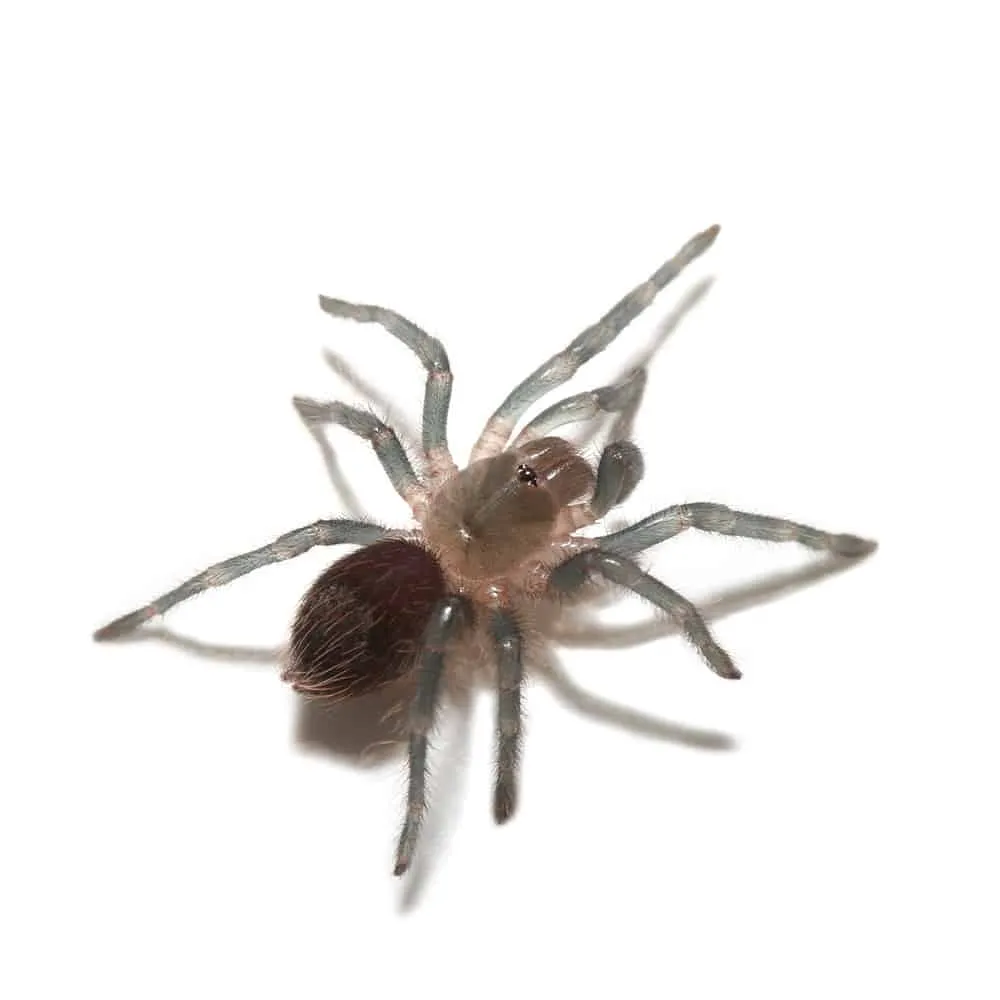The red rump tarantula, with its striking appearance and relatively docile nature, has become a popular choice for tarantula enthusiasts. However, like any pet, they require specific care to thrive. This guide provides the top 5 essential tips for ensuring your red rump tarantula lives a long, healthy, and fulfilling life. Following these guidelines will help you create a suitable environment, understand their needs, and enjoy the fascinating world of these amazing arachnids.
Choosing Your Red Rump Tarantula
The first step in successful red rump tarantula care is selecting the right specimen. Choosing a healthy tarantula from the start sets the foundation for a positive ownership experience. This involves careful observation and a bit of research to ensure you’re bringing home a spider that will thrive in your care. Take your time, and don’t hesitate to ask the breeder or pet store any questions you may have about the tarantula’s history and care requirements.
Selecting a Healthy Red Rump Tarantula
Identifying the Right Size and Appearance
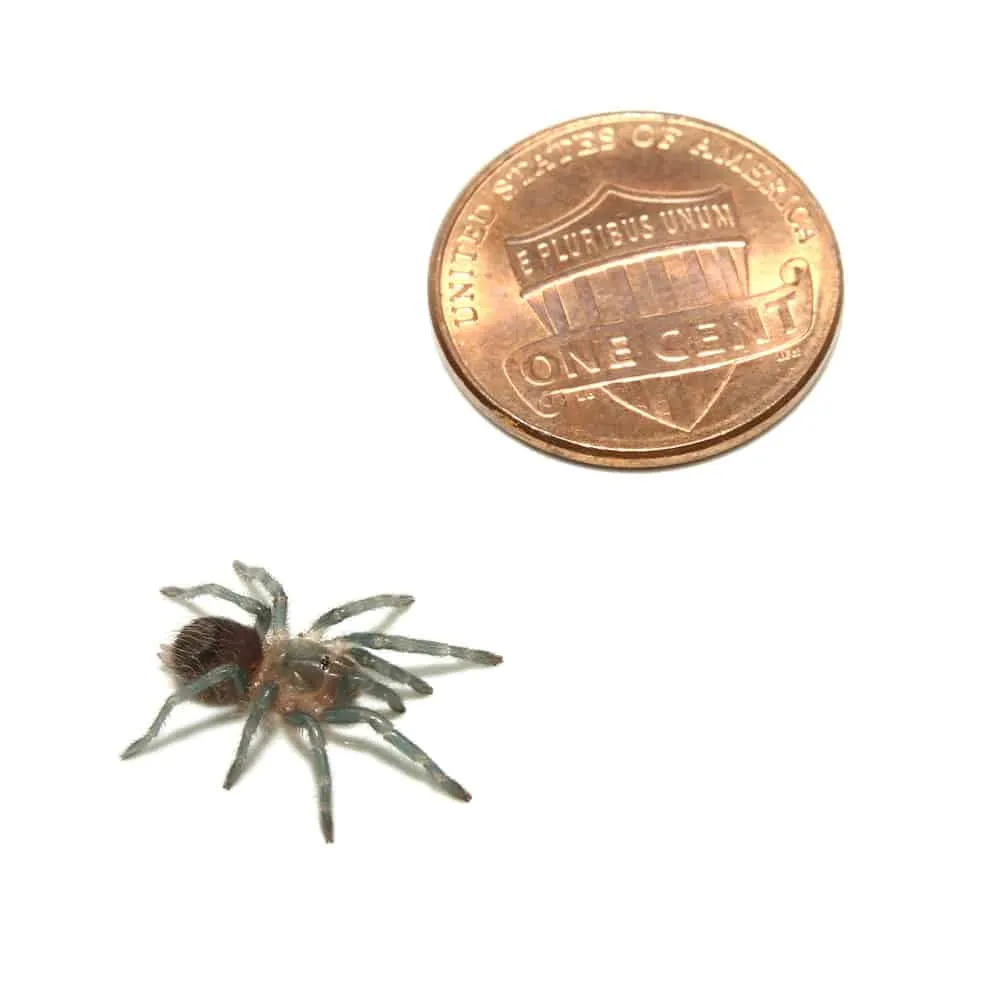
When selecting your red rump tarantula, pay close attention to its size and overall appearance. A healthy tarantula should have a plump abdomen, indicating it is well-fed and hydrated. Avoid tarantulas with a shriveled or excessively thin abdomen, as this could be a sign of dehydration or malnourishment. Look for a tarantula with vibrant colors characteristic of its species. The red hairs on the abdomen should be a rich, vivid red, and the legs should be sturdy. A healthy tarantula will be alert and responsive to its surroundings. It should also have all its legs, although a missing leg isn’t always a sign of poor health; sometimes, they lose legs during a molt and regrow them.
Understanding Temperament and Activity Levels
Observe the tarantula’s activity level and temperament before making a purchase. While red rump tarantulas are generally known for their docile nature, individual personalities can vary. Look for a tarantula that appears calm and not overly skittish. Rapid movements or defensive postures might indicate stress. Also, consider how active the tarantula is; it should move around its enclosure, explore, and show an interest in its surroundings. A tarantula that remains motionless for extended periods might be ill or stressed. If you are unsure about the tarantula’s temperament, it’s always a good idea to ask the breeder or store for more information and to observe it for a few days if possible before taking it home.
Setting Up the Perfect Habitat
Creating the right habitat is paramount to your red rump tarantula’s well-being. The enclosure should provide a comfortable and safe environment that mimics their natural habitat. It’s important to consider the enclosure’s size, substrate, decor, and environmental conditions like temperature and humidity. A well-designed habitat will not only enhance the spider’s health but also allow you to observe its fascinating behaviors. Providing the right setup will make the tarantula feel more secure and less stressed, contributing significantly to its overall health and happiness.
Choosing the Right Enclosure
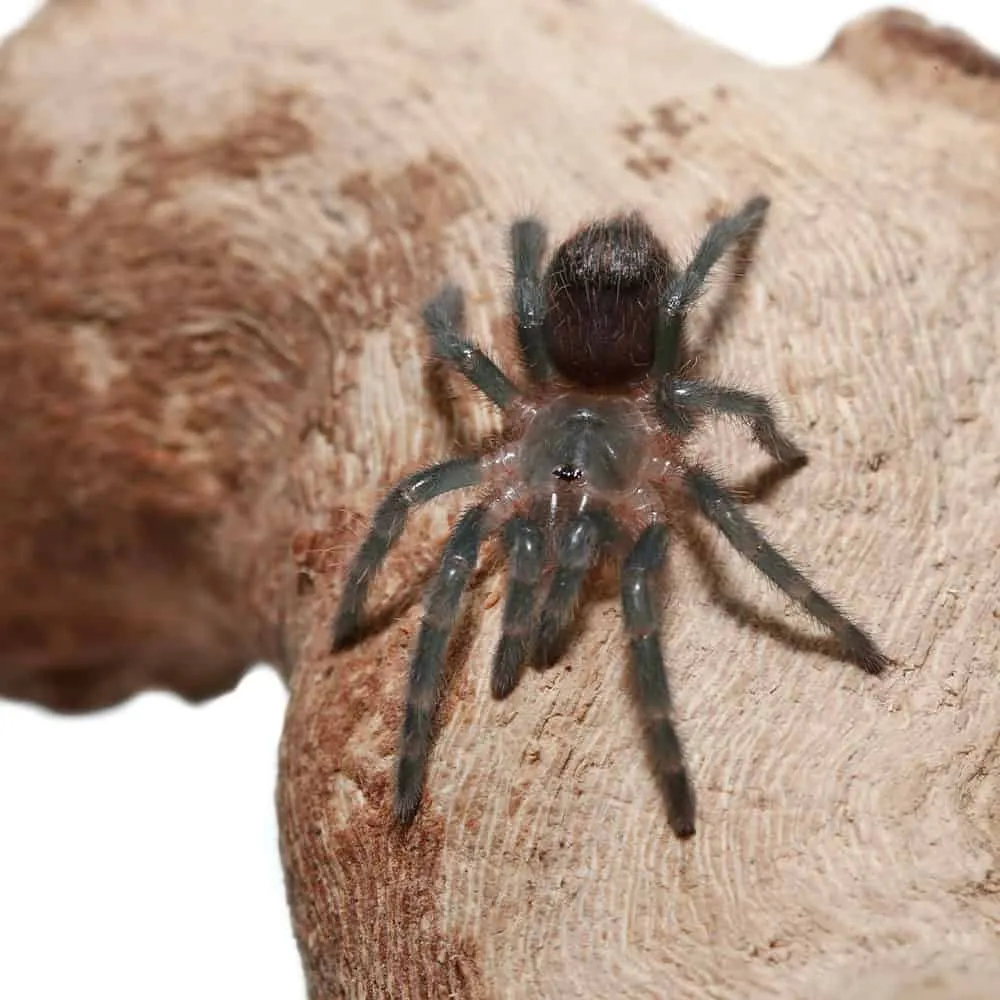
The enclosure’s size should be appropriate for the tarantula’s size and growth stage. A juvenile red rump tarantula can start in a smaller enclosure, such as a 5-gallon tank, while a full-grown adult will need a larger one, ideally a 10-20 gallon tank. The enclosure should be made of a material that’s easy to clean, such as glass or clear plastic, so you can easily observe your tarantula. Ensure the enclosure has a secure lid to prevent escapes and adequate ventilation to maintain air quality and prevent mold growth. Avoid enclosures with sharp edges or features that could injure the tarantula. Consider adding cross-ventilation features to enhance air circulation and reduce the risk of stagnant air buildup within the habitat.
Substrate and Decor for Red Rump Tarantulas
The substrate, or bedding, is crucial for creating a comfortable environment. It should be deep enough for the tarantula to burrow if it chooses. A mix of peat moss, coconut fiber, and vermiculite is an excellent substrate for red rump tarantulas, as it retains moisture and provides a suitable texture for burrowing. Add a layer of substrate at least 4-6 inches deep. Provide a hide, such as a piece of cork bark or a hollow log, where the tarantula can retreat and feel secure. You can also include artificial plants or other decorations, but avoid anything that could be toxic or pose a hazard to your tarantula. Always make sure the decorations are sturdy and won’t fall and injure your pet.
Maintaining Temperature and Humidity
Red rump tarantulas thrive in a warm, humid environment. Maintain a temperature range of 75-85°F (24-29°C) within the enclosure. You can use a heat lamp or a heat mat placed on the side of the enclosure to achieve this. Avoid placing the heat source directly under the tank, which can be dangerous. Monitor the temperature with a thermometer. Humidity levels should be kept between 60-70%. You can maintain humidity by misting the substrate with dechlorinated water every few days. Also, providing a shallow water dish will help maintain humidity. Regularly check the humidity levels with a hygrometer to ensure the environment is ideal for your tarantula.
Feeding Your Red Rump Tarantula
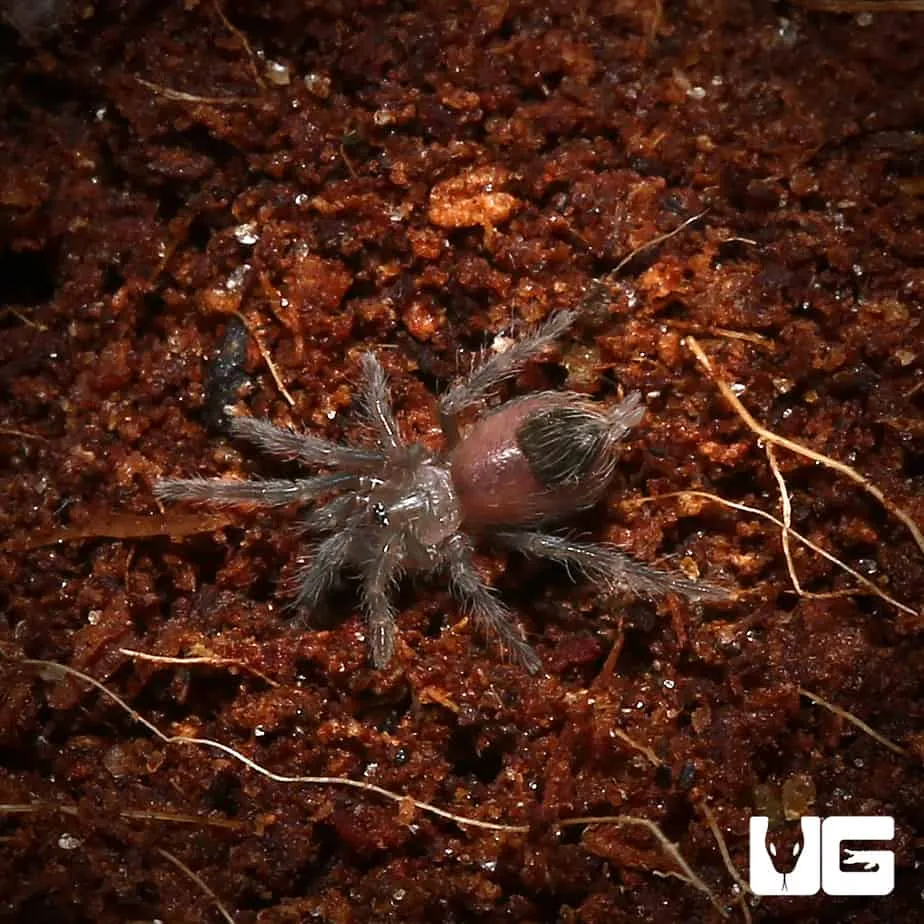
Proper nutrition is essential for your red rump tarantula’s health, growth, and molting. Providing a balanced diet of appropriate food items is crucial. Feeding habits vary with age and size, so it’s important to adjust your feeding routine to meet your tarantula’s needs at different stages of its life. Furthermore, always make sure the food is safe and that the tarantula is eating regularly. Watch for any signs of decreased appetite or unusual behaviors that may indicate a health issue.
What to Feed Your Tarantula
The primary food source for red rump tarantulas consists of insects. Crickets, mealworms, and roaches are excellent options, as they provide essential nutrients. The size of the insects should be appropriate for the tarantula; the prey should be no larger than the tarantula’s body. You can also feed them pre-killed insects to avoid any potential harm to your tarantula. For juvenile tarantulas, consider feeding them fruit flies or small crickets. Ensure the insects are gut-loaded before feeding them to your tarantula; this enhances their nutritional value. Offer a variety of insects to provide a balanced diet.
Feeding Frequency and Portion Sizes
The frequency of feeding depends on the tarantula’s age and growth stage. Young tarantulas may need to be fed two to three times a week, while adult tarantulas can be fed once a week or every other week. Observe your tarantula to determine its feeding habits. If the tarantula eagerly eats every time you offer food, it may benefit from more frequent feedings. Adult tarantulas that are overfed can become obese, which can lead to health problems. Remove any uneaten prey within 24 hours to prevent stress and contamination. Always make sure the tarantula is eating and that the food is the appropriate size.
Providing Fresh Water
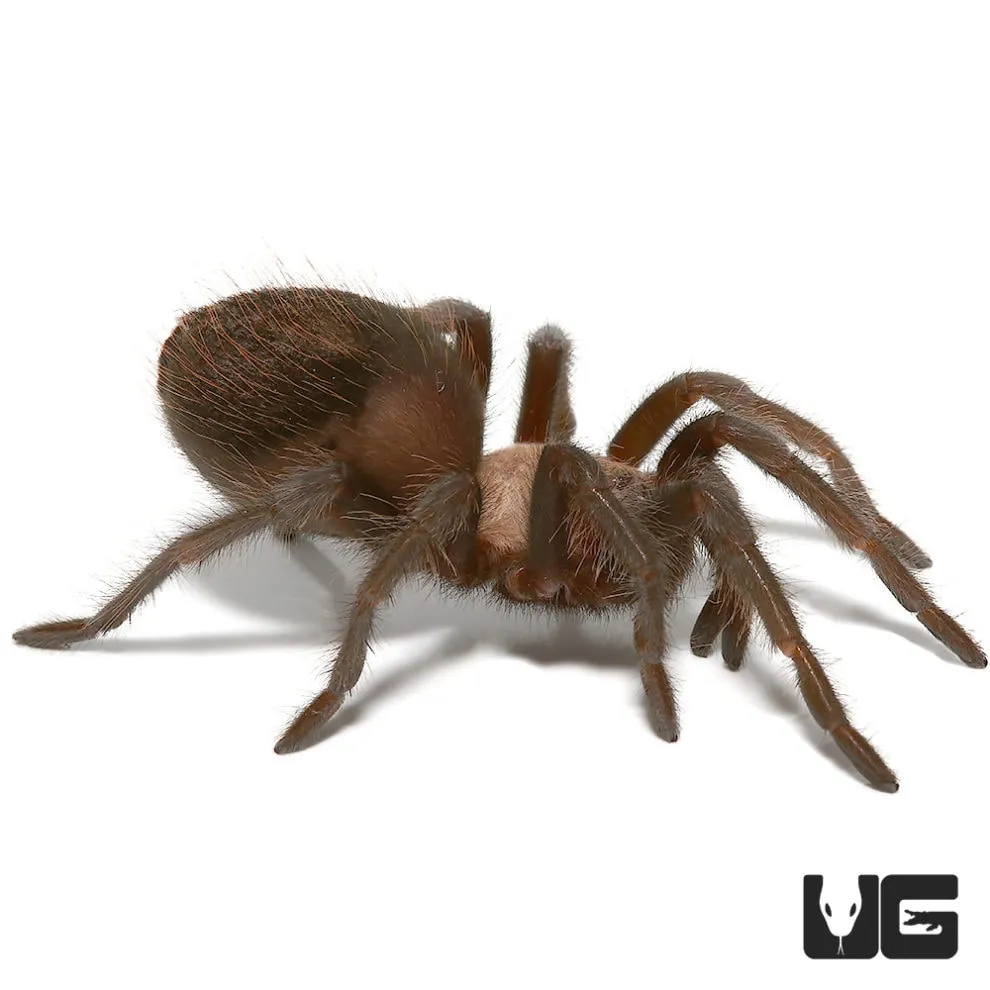
Fresh, clean water is essential for your tarantula’s health and well-being. Provide a shallow water dish in the enclosure. The dish should be small enough to prevent the tarantula from drowning but accessible for drinking. Use dechlorinated water, as chlorine can be harmful to tarantulas. Change the water in the dish regularly, at least once or twice a week, to prevent bacterial growth. Make sure to clean the water dish thoroughly each time you change the water. This will help ensure your tarantula has access to clean and safe drinking water.
Handling and Safety
While red rump tarantulas are generally docile, handling them requires caution and respect. Tarantulas can be easily injured and may react defensively if they feel threatened. Always prioritize your safety and the spider’s well-being. If you choose to handle your tarantula, do so with utmost care and attention. Never force your tarantula to be handled, and always be aware of its body language. By following safe handling practices, you can minimize any risks and enjoy interacting with your pet safely.
Safe Handling Practices
If you decide to handle your red rump tarantula, do so in a secure area close to the ground to minimize any potential fall injuries. Encourage the tarantula to walk onto your hand rather than picking it up. Let the tarantula walk at its own pace. Avoid quick movements or gestures that might startle the spider. Support the tarantula gently and allow it to explore your hand. Always wash your hands before and after handling your tarantula. Be careful not to put your fingers or hands in front of its fangs. If you are unsure or uncomfortable, it’s best not to handle the tarantula.
Recognizing Stress Signs
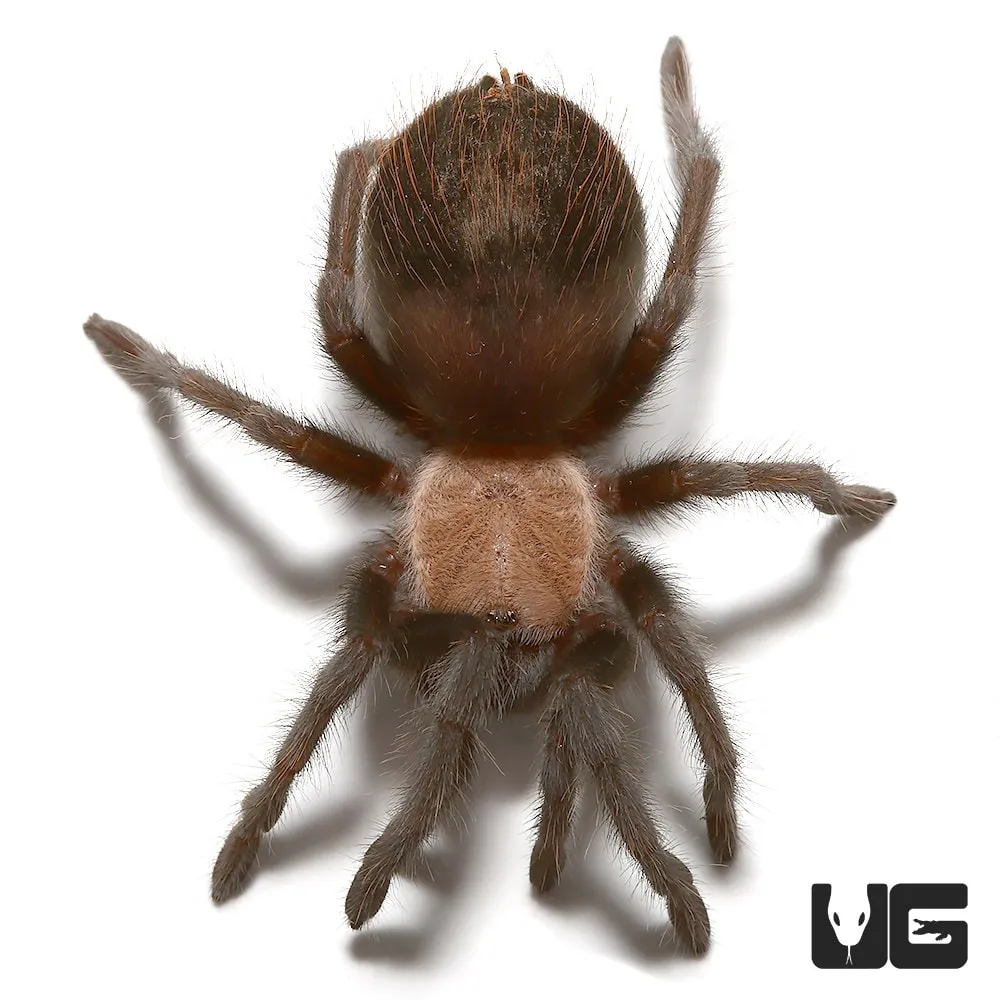
It’s important to be aware of stress signs in your tarantula. If a tarantula feels threatened or stressed, it may exhibit certain behaviors. These include raising its front legs, flicking hairs (urticating hairs), or striking at a perceived threat. If your tarantula shows these behaviors, it’s best to leave it alone and allow it to retreat to a secure location. Avoid handling a tarantula that displays stress signs. Also, monitor the enclosure conditions to ensure they are ideal for the tarantula. Ensure the environment is not too hot, cold, or dry and that there are no disturbances in the environment.
Common Health Issues and Prevention
Like any pet, red rump tarantulas can experience health issues. Knowing how to recognize the signs of illness and taking preventative measures can help ensure your tarantula’s long-term health and well-being. Many health problems can be prevented through proper care, appropriate housing, and attentive observation. Regular monitoring of your tarantula’s behavior, feeding habits, and overall appearance can help you identify any potential issues early on, giving you a better chance of successful treatment.
Recognizing Signs of Illness
Several signs may indicate that your red rump tarantula is unwell. Loss of appetite or refusal to eat is a common sign. Lethargy or a lack of activity can also be indicative of illness. Other signs include difficulty molting, unusual body postures, or the presence of parasites. Swelling in the abdomen or other body parts may also signal a health problem. If you notice any of these signs, it’s important to consult a veterinarian experienced in exotic animals or a knowledgeable tarantula breeder to assess the situation and provide guidance.
Preventative Measures
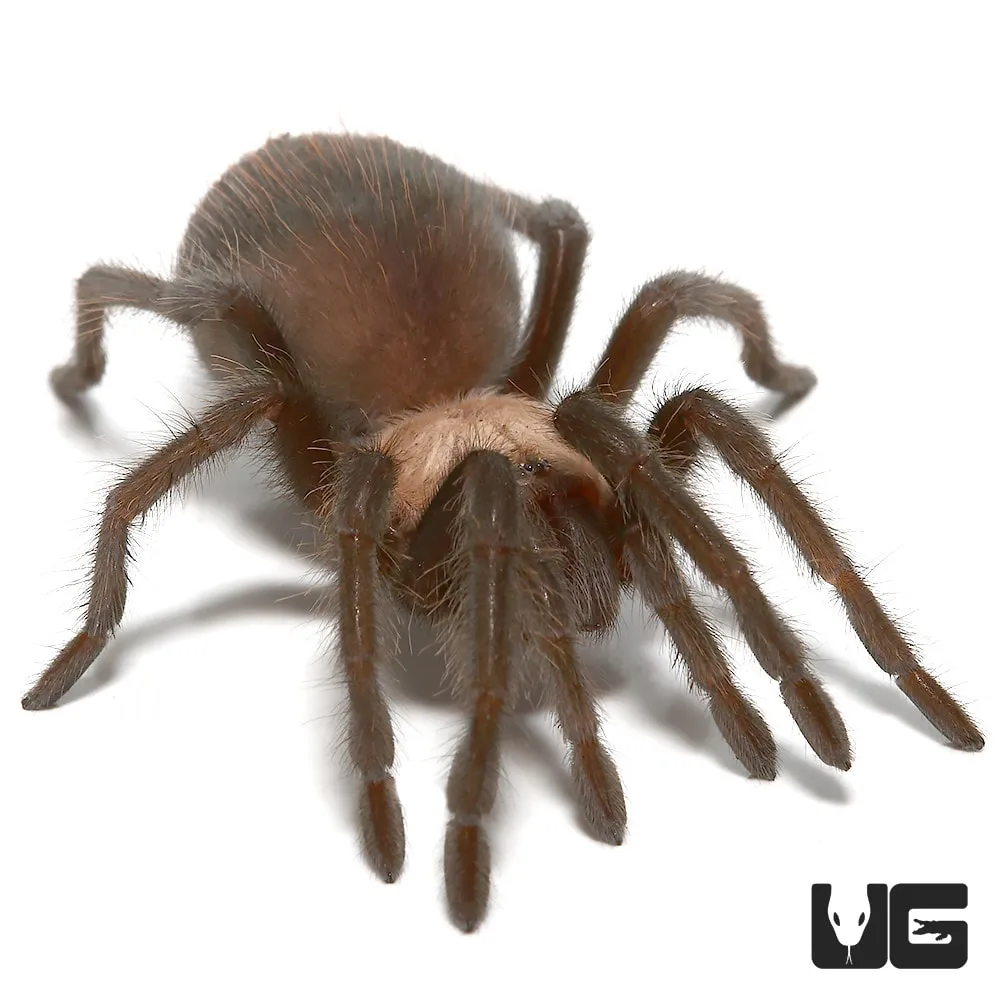
Prevention is key to maintaining your tarantula’s health. Provide the correct environmental conditions, including temperature, humidity, and a suitable substrate. Feed your tarantula a balanced diet of appropriate insects and provide fresh water. Maintain a clean enclosure by removing uneaten food and cleaning the enclosure regularly. Quarantine any new tarantulas before introducing them to existing ones. Observe your tarantula regularly and watch for any changes in behavior, appearance, or feeding habits. If you suspect any health issues, seek professional advice promptly. By taking these preventive measures, you can create a healthy and thriving environment for your red rump tarantula.
Enjoying Your Red Rump Tarantula
Owning a red rump tarantula can be a rewarding experience. By following these care tips, you can ensure your tarantula thrives and brings you joy. Enjoy observing the fascinating behaviors of these creatures and take pride in providing a comfortable and enriching environment. With proper care and attention, your red rump tarantula will become a fascinating and intriguing pet for years to come.
